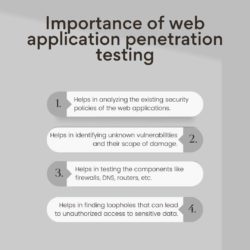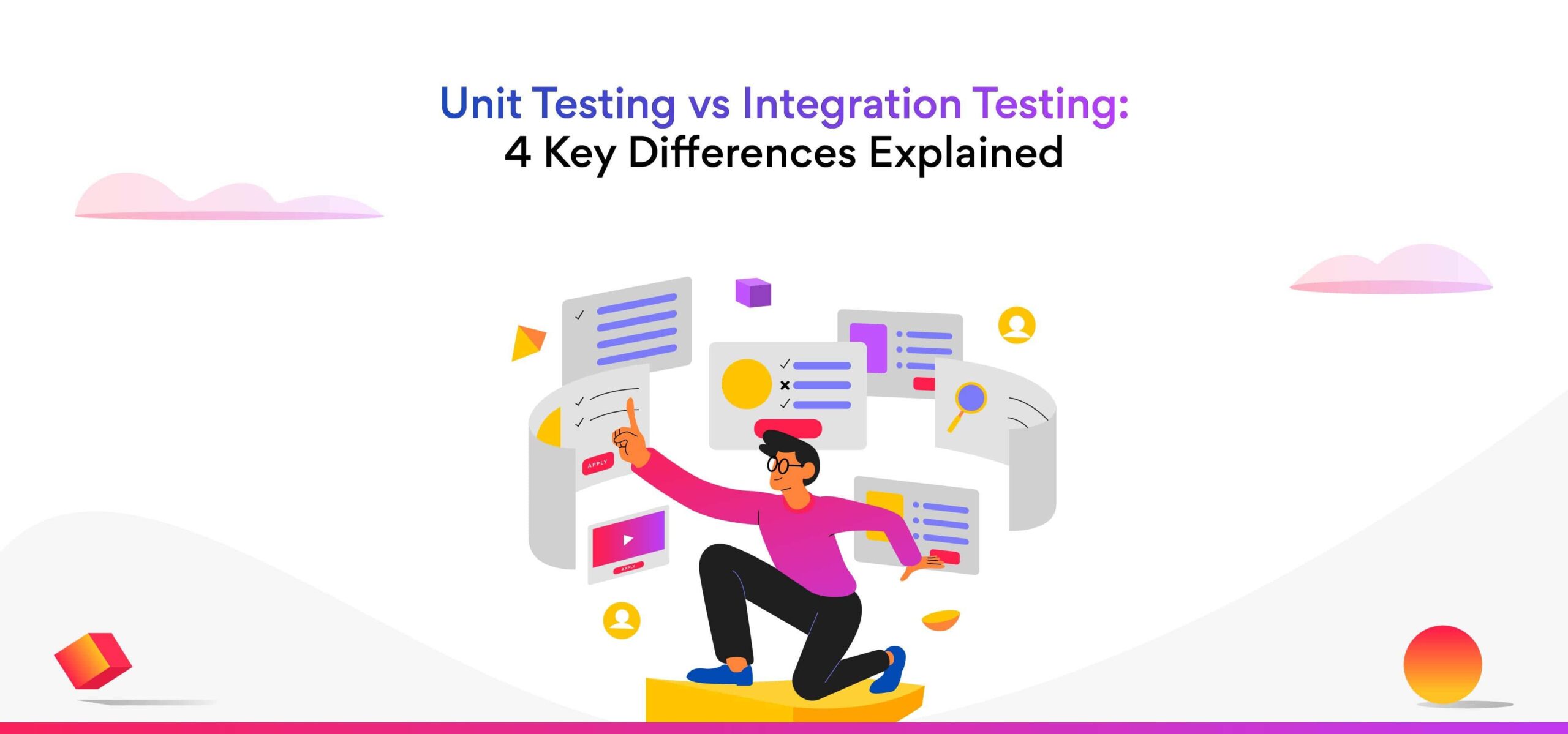The Basics of Web Application Penetration Testing
Due to the increase in the complexity of cyberattacks, companies are investing more resources than ever to secure their systems from reputational and financial losses. One of the most used security testing techniques is web application penetration testing, Pen Test or Pen Testing.

Web Application Penetration Testing: Market Research
Web application penetration testing involves simulating cyberattacks against application systems (APIs, front-end servers, back-end servers) to identify exploitable vulnerabilities and access sensitive data. It helps companies verify their systems’ security, identify any vulnerabilities and their scope of the damage, and develop strategies to mitigate potential threats.
Types of web application penetration testing
There are two major types of penetration testing for web applications:
-
Internal pen testing
This type of testing focuses on the web applications hosted on the intranet within the organization. The goal is to identify any potential vulnerabilities within the corporate firewall by using invalid credentials to access the system and determining the possible damage and route of attacks. Some of the most common internal attacks are:- Simulation of Phishing attacks
- Malicious employee attacks
- Attacks using user privileges
- Social engineering attacks
-
External pen testing
This type of penetration testing focuses on external attacks on the web applications hosted on the internet. The testers (aka ethical hackers) simulate external attacks using the IP address of the target system. External pen testing involves testing the applications’ firewalls, IDS, DNS, and front-end & back-end servers.
In addition to these, there are a few more approaches to pentest, such as blind testing, double-blind, and targeted testing.
Web Application Penetration Testing: Importance
Steps of Web Application Penetration Testing:
-
Planning and reconnaissance
This step involves defining the goals and objectives of the test process, gathering information (servers, networks, domain names, etc.), and choosing the tools and techniques for testing. Based on the type of interaction required with the target system, there are two types of reconnaissance:-
Active Reconnaissance
In this process, the tester directly probes the target system to gather information. Some of the approaches for active reconnaissance are:- Shodan network scanner
- Fingerprinting the web application
- DNS zone transfer
- DNS forward and reverse lookup
-
Passive Reconnaissance
The tester gathers the information available on the internet without having a direct interaction with the target system.
Some of the popular tools used for web application penetration testing are listed below:- W3af
- Veracode
- Burp Suite
- SQLMap
- ZAP
- Metasploit
- Acunetix
- Vega
- Skipfish
- Ratproxy
- NetSparker
- Watcher
-
-
Scanning and exploitation
Once the testers have all the required information at their disposal, they can simulate cyberattacks on the web applications and discover the target’s vulnerabilities. The next step is to exploit those vulnerabilities by gaining access to privileged information, stealing data, modifying system configurations, intercepting traffic, and more to estimate the amount of damage they can cause to the target system. Some of the test scenarios for simulating cyberattacks are listed below:- Cross-Site Scripting
- Security Misconfigurations
- SQL Injection
- Password Cracking
- Caching Servers Attacks
- Cross-Site Request Forgery
- File Upload flaws
- Broken authentication and session management
-
Analysis and reporting
A detailed report is compiled to outline the significant findings of the test process. The report includes all the details such as sensitive data exposed, a list of exploited vulnerabilities, the time duration for which the tester could maintain undetected access to the system, etc. This information is shared with the security personnel to analyze and configure the company’s WAF settings, fix the most critical parts, and implement application security policies to patch vulnerabilities and protect against future threats.
Conclusion

Web Application Penetration Testing: Conclusion
Web applications are the primary source of business for numerous companies. With thousands of transactions taking place every second, securing these applications from attacks and data theft becomes crucial. Web application penetration testing can help organizations achieve the highest system security and prepare for any potential threat. Security personnel can leverage the latest testing tools to examine the existing source code, servers, WAF, database connectivity, APIs, third-party integrations, etc., to discover vulnerabilities, mitigate risks, and update security policies.
Excellent security measures are intrinsic to a great web application, but so are superior software developers. So if you’re looking to scale your software development team, try Turing.
Turing’s automated platform lets companies “push a button” to hire senior, pre-vetted remote software developers. Access a talent pool of the top 1% of 1M+ developers with strong technical and communication skills who work in your time zone. There’s no risk. Turing offers a free two-week trial period to make sure your developers deliver to your standards.
For more information, visit Turing’s Hire page.
Tell us the skills you need and we'll find the best developer for you in days, not weeks.












